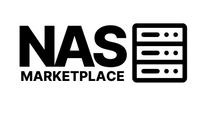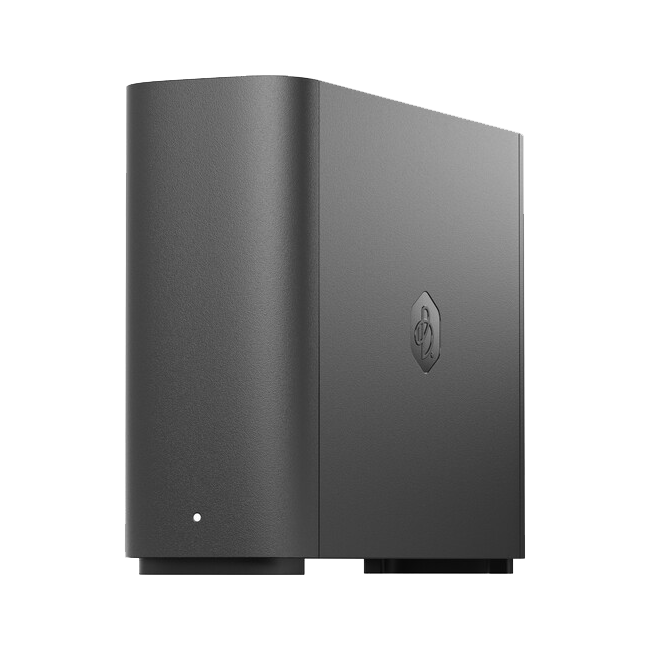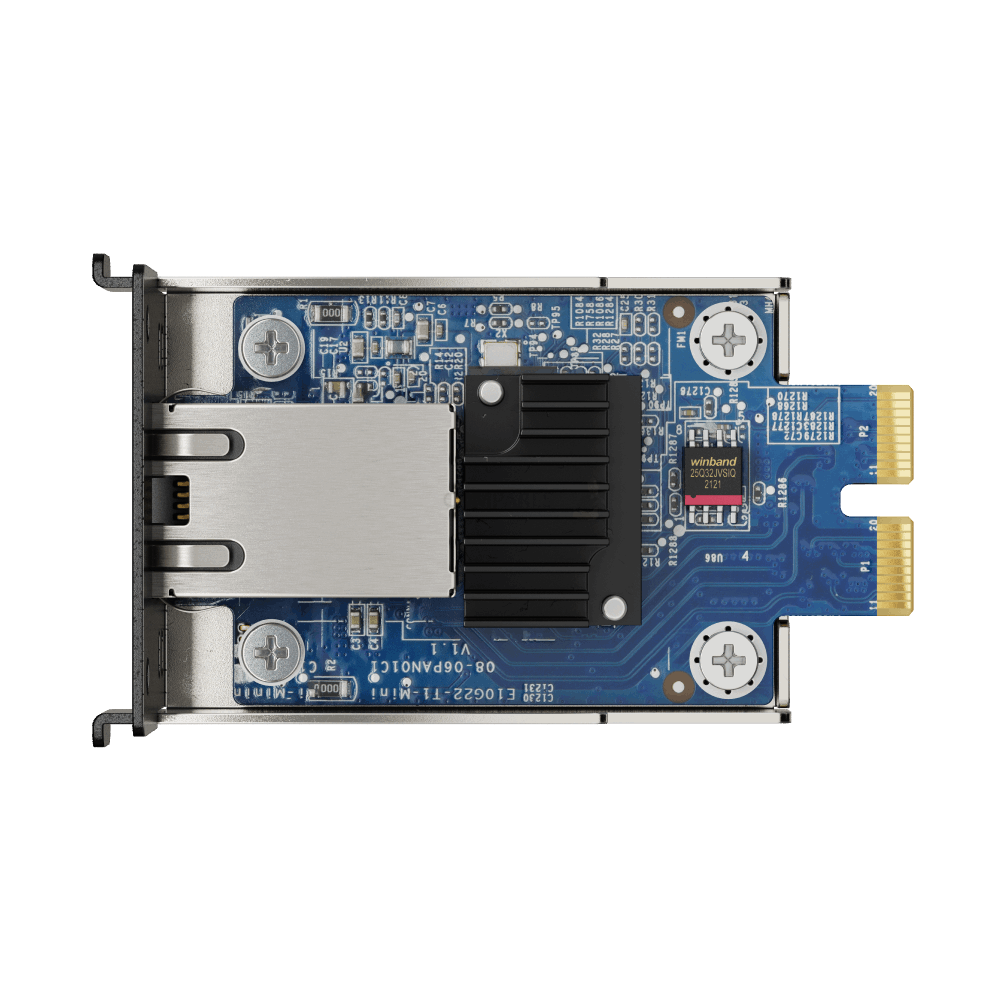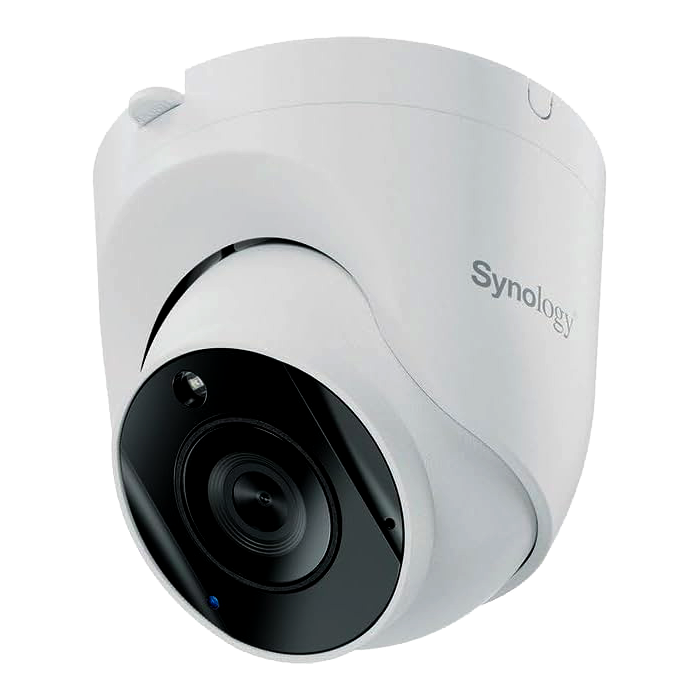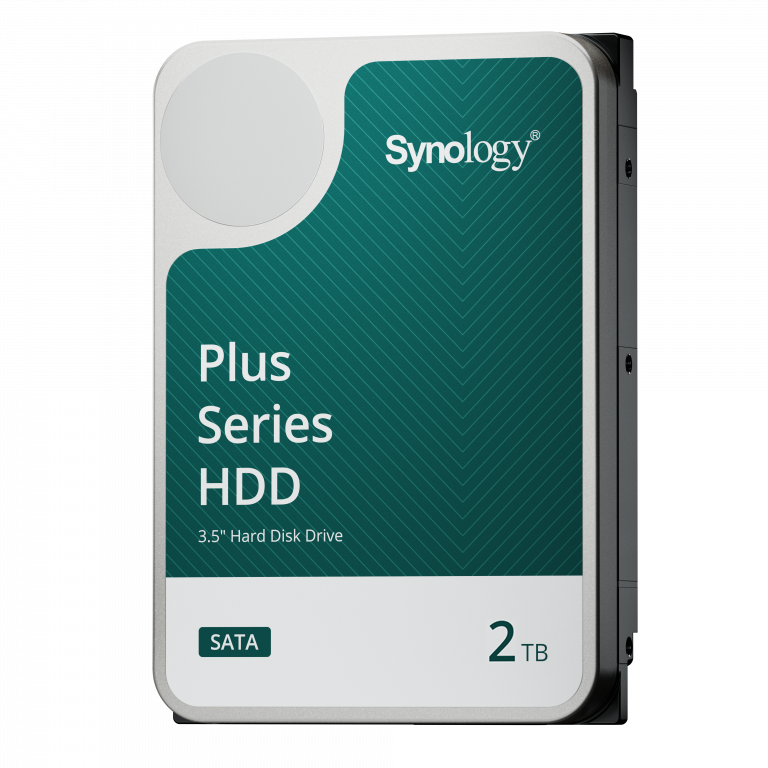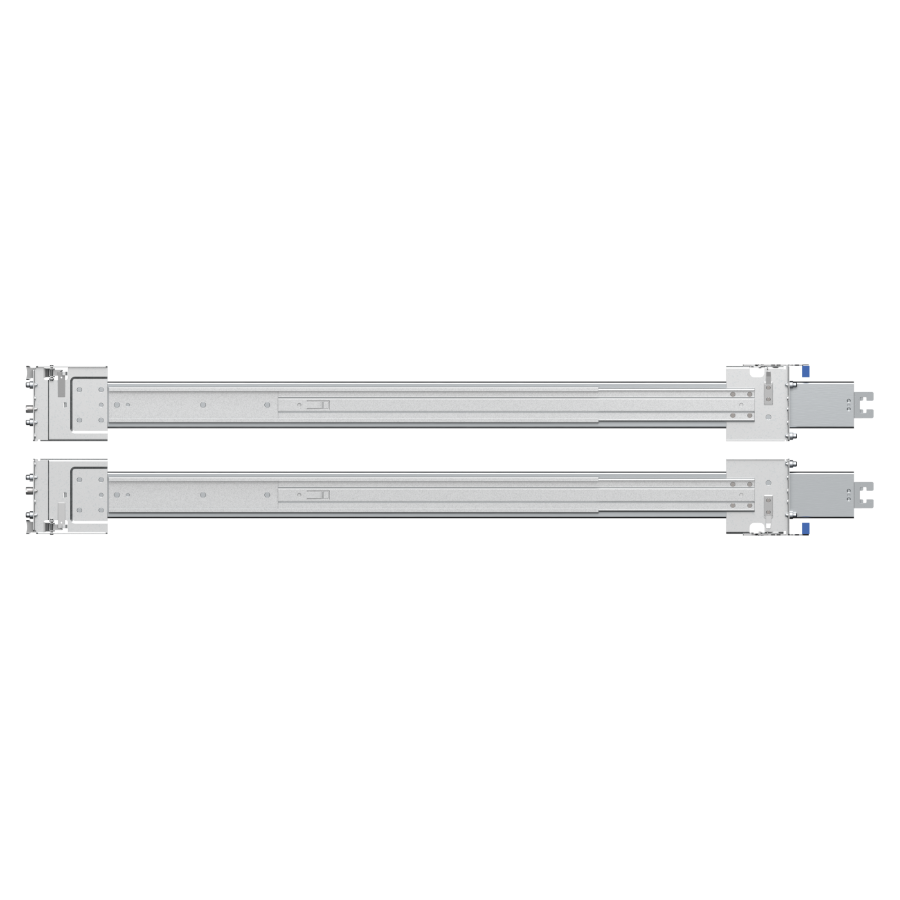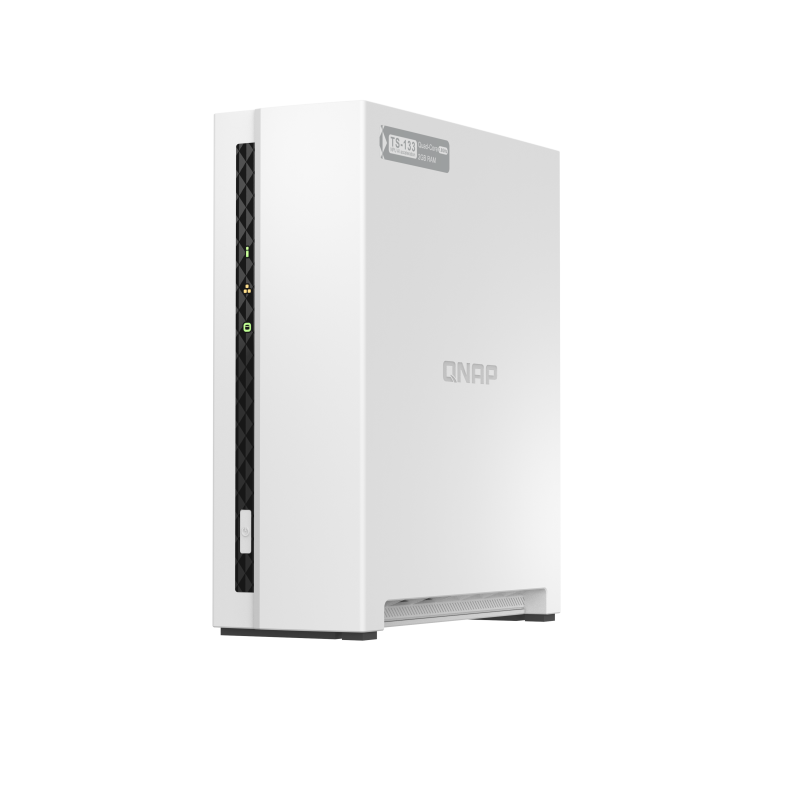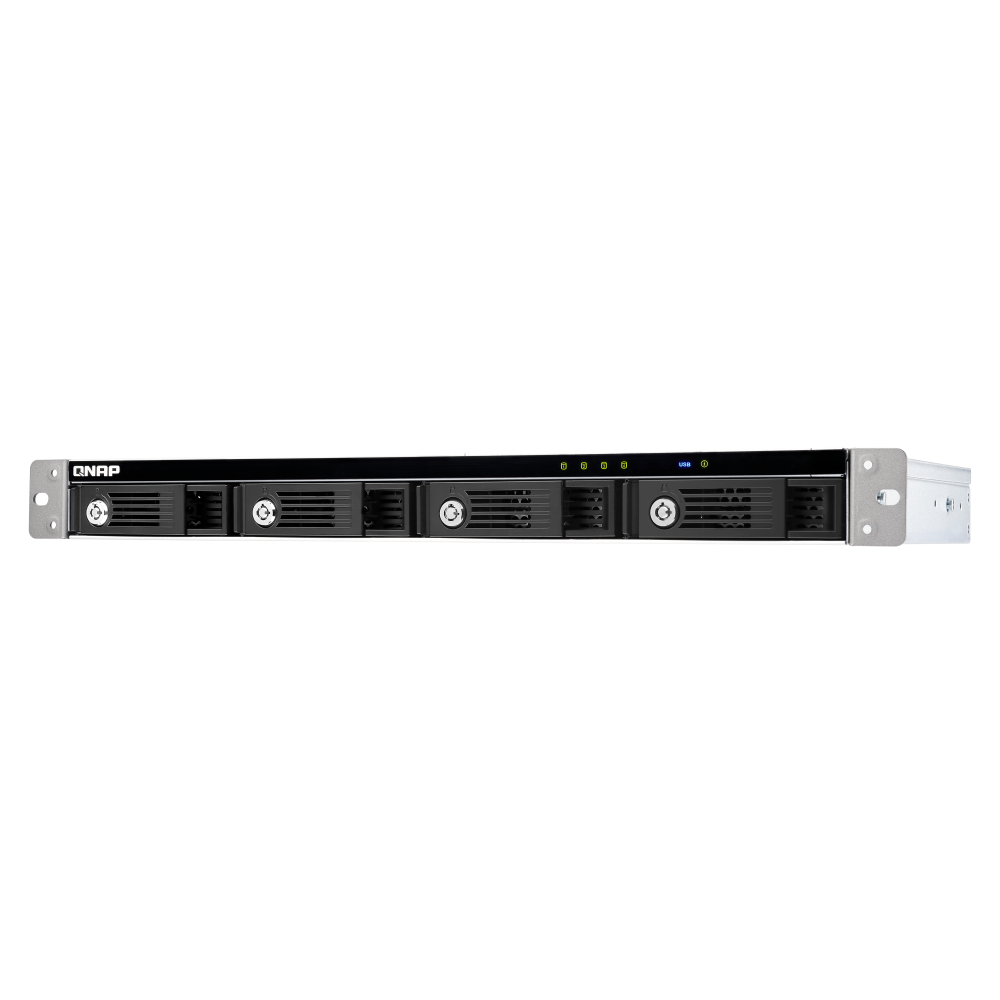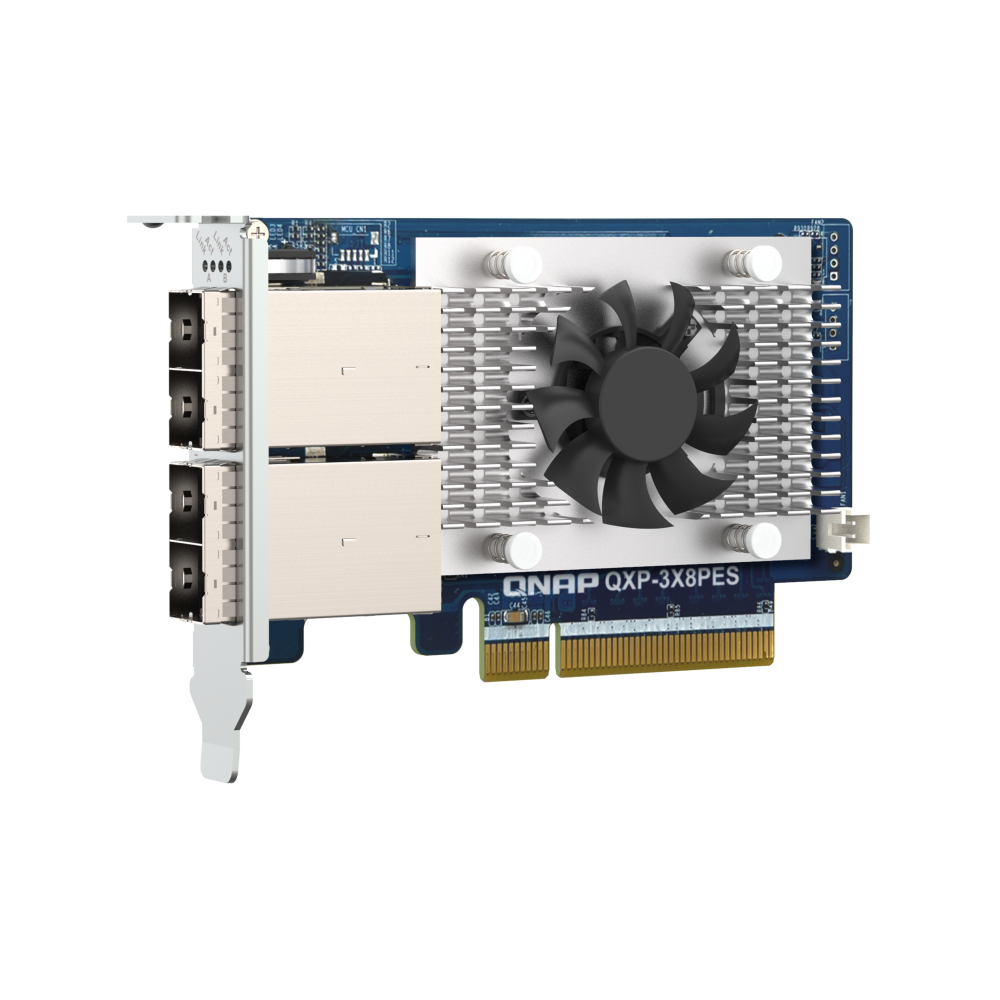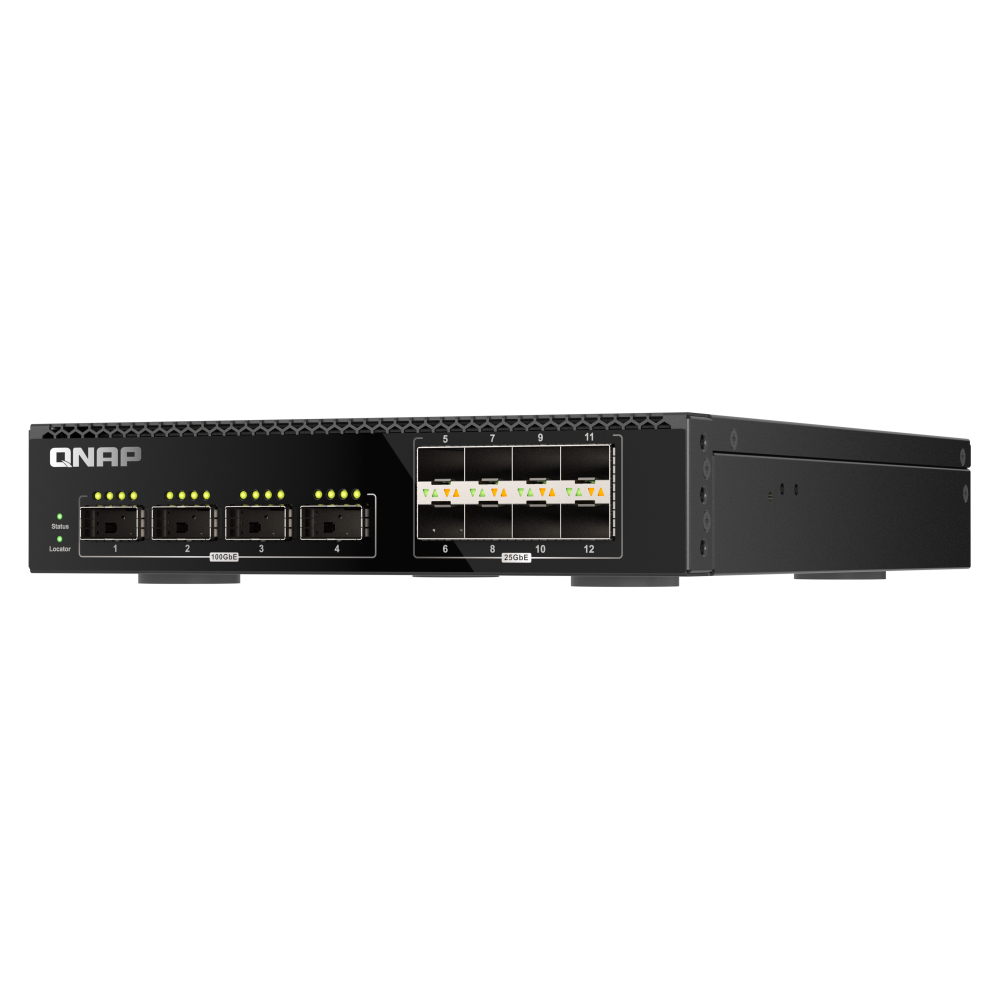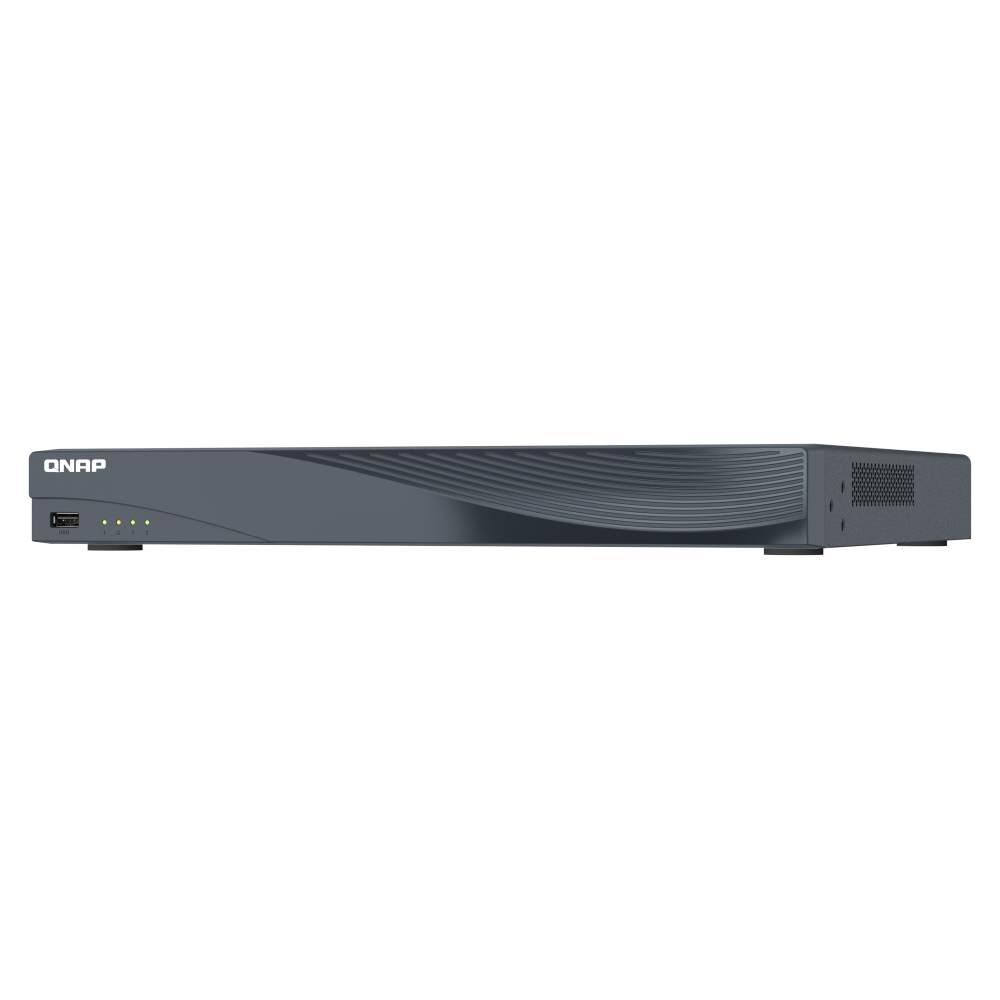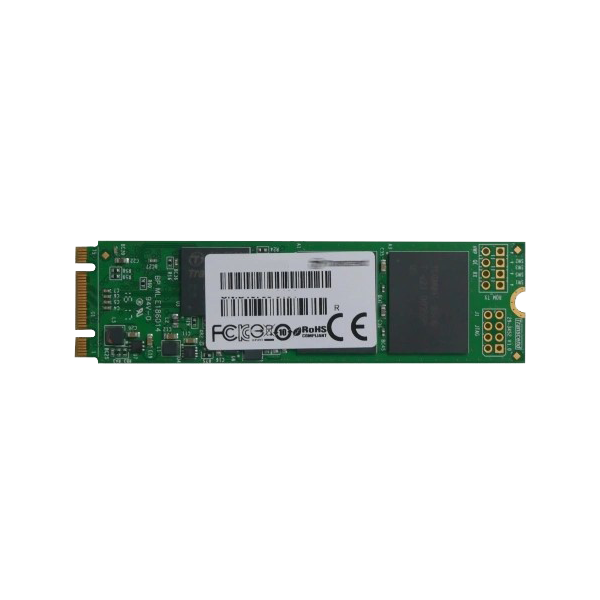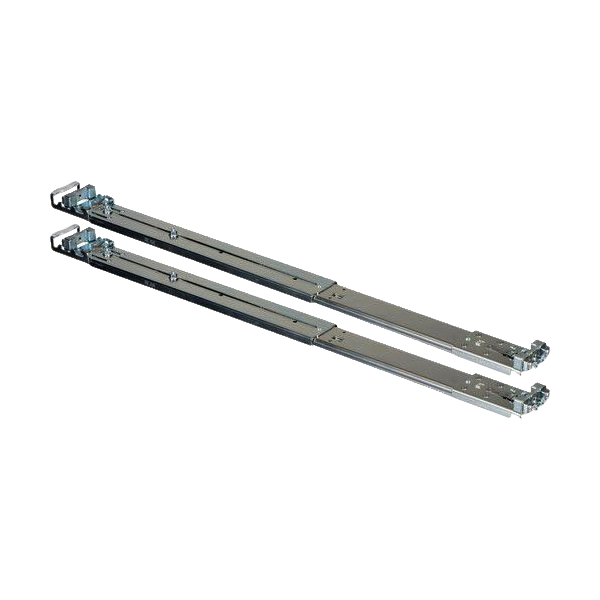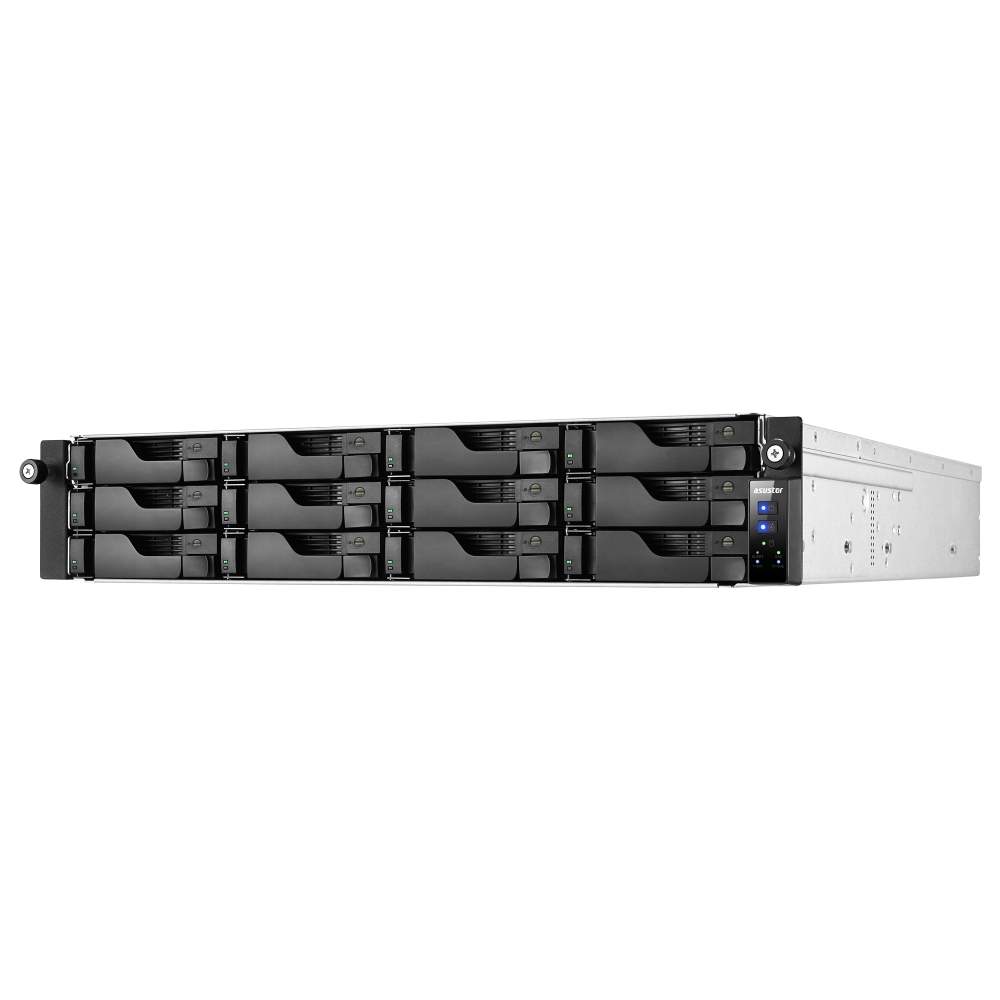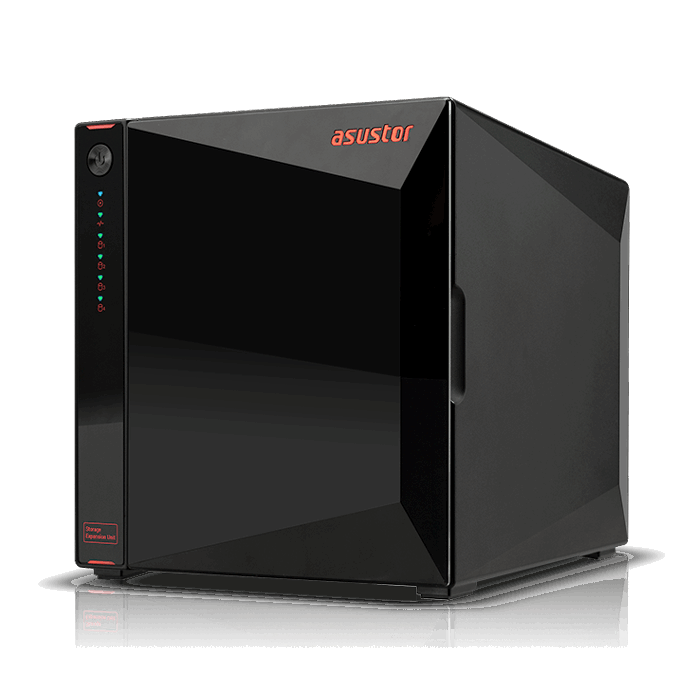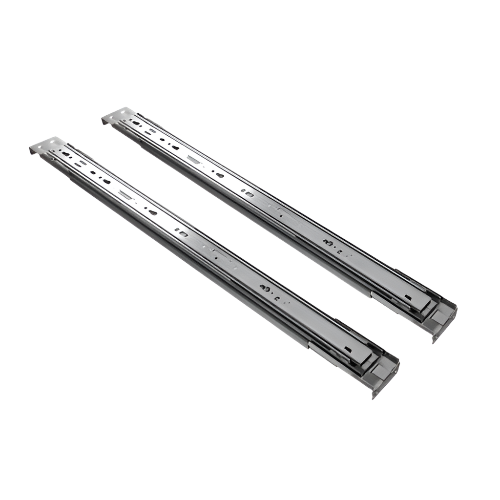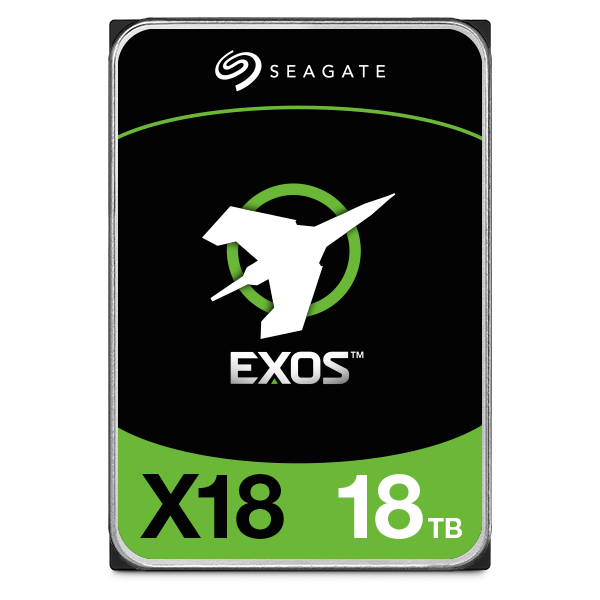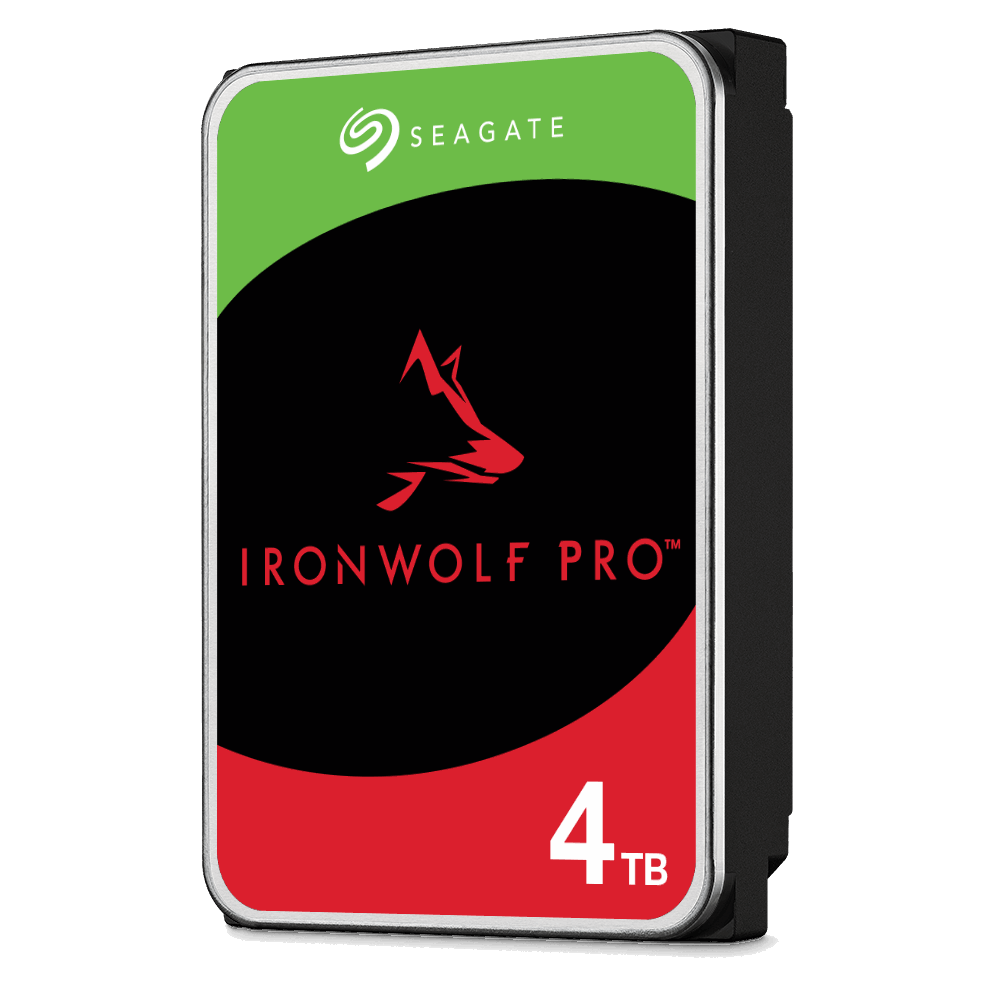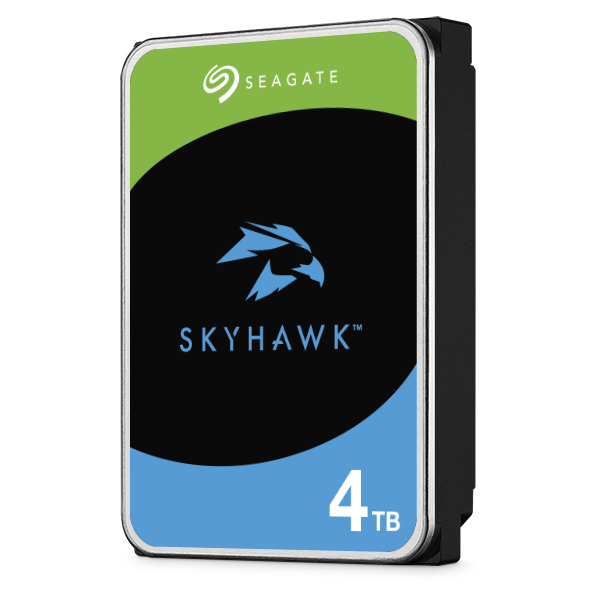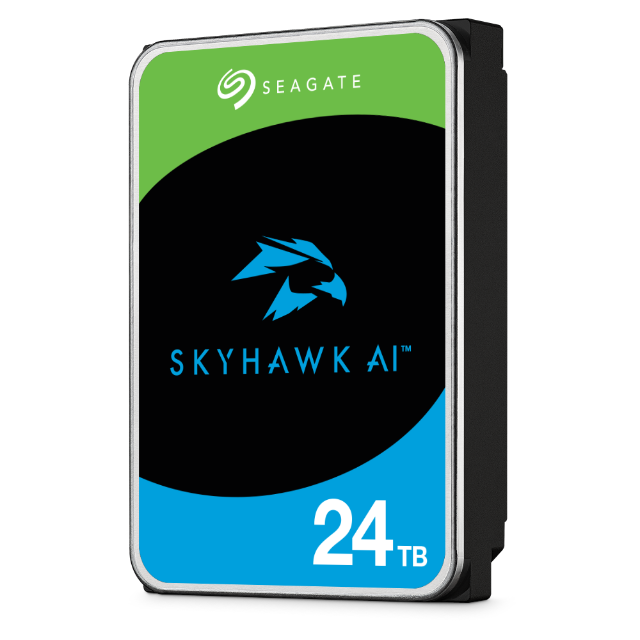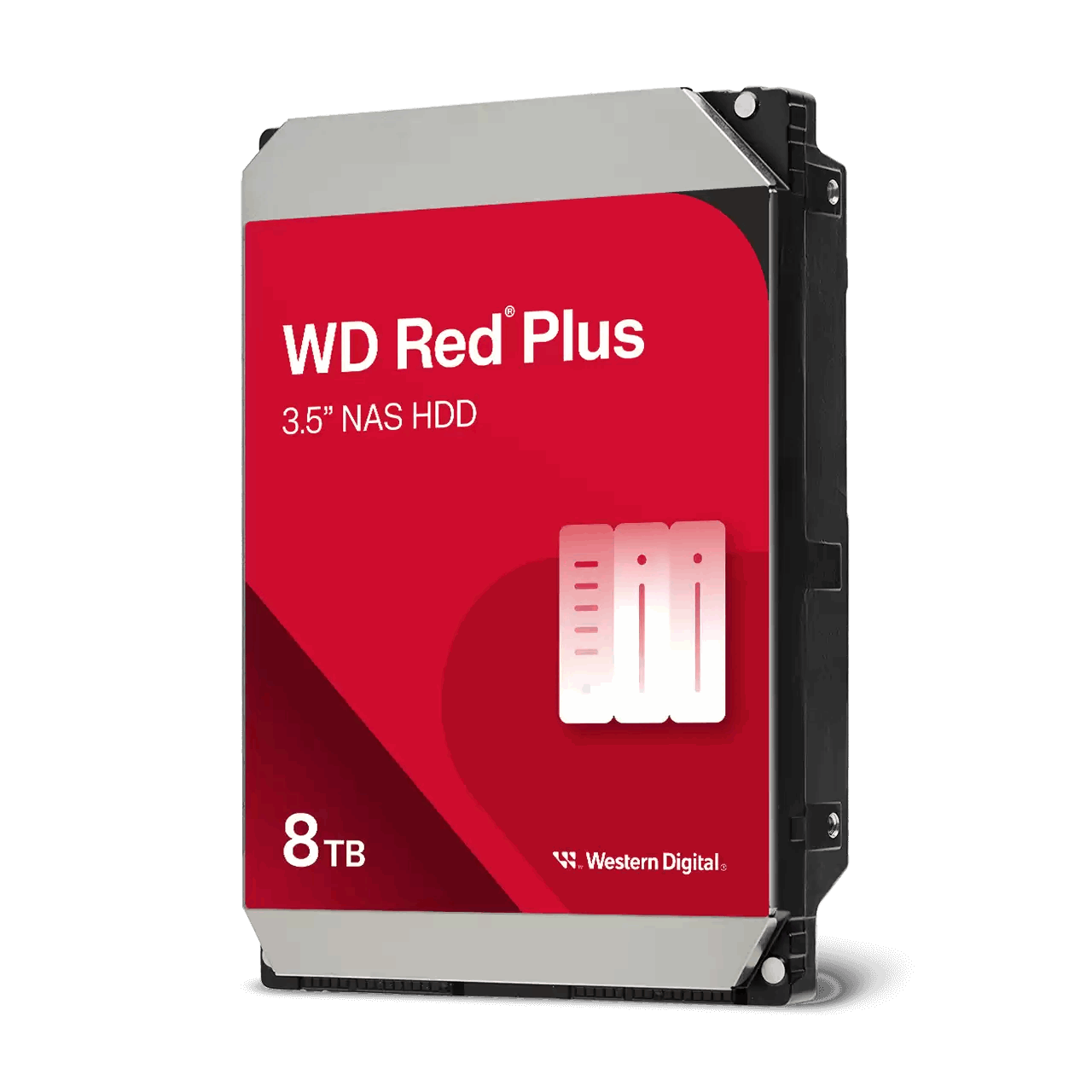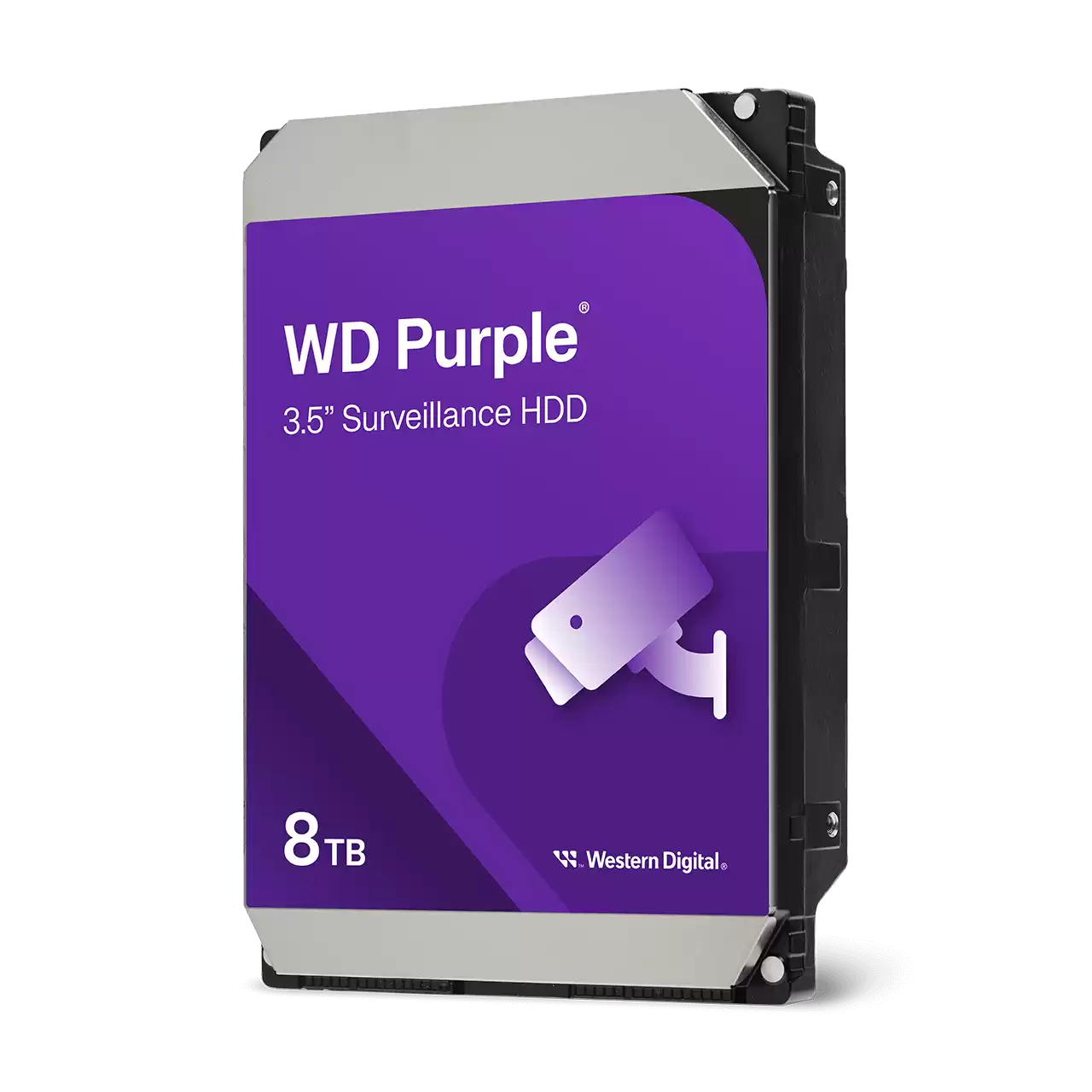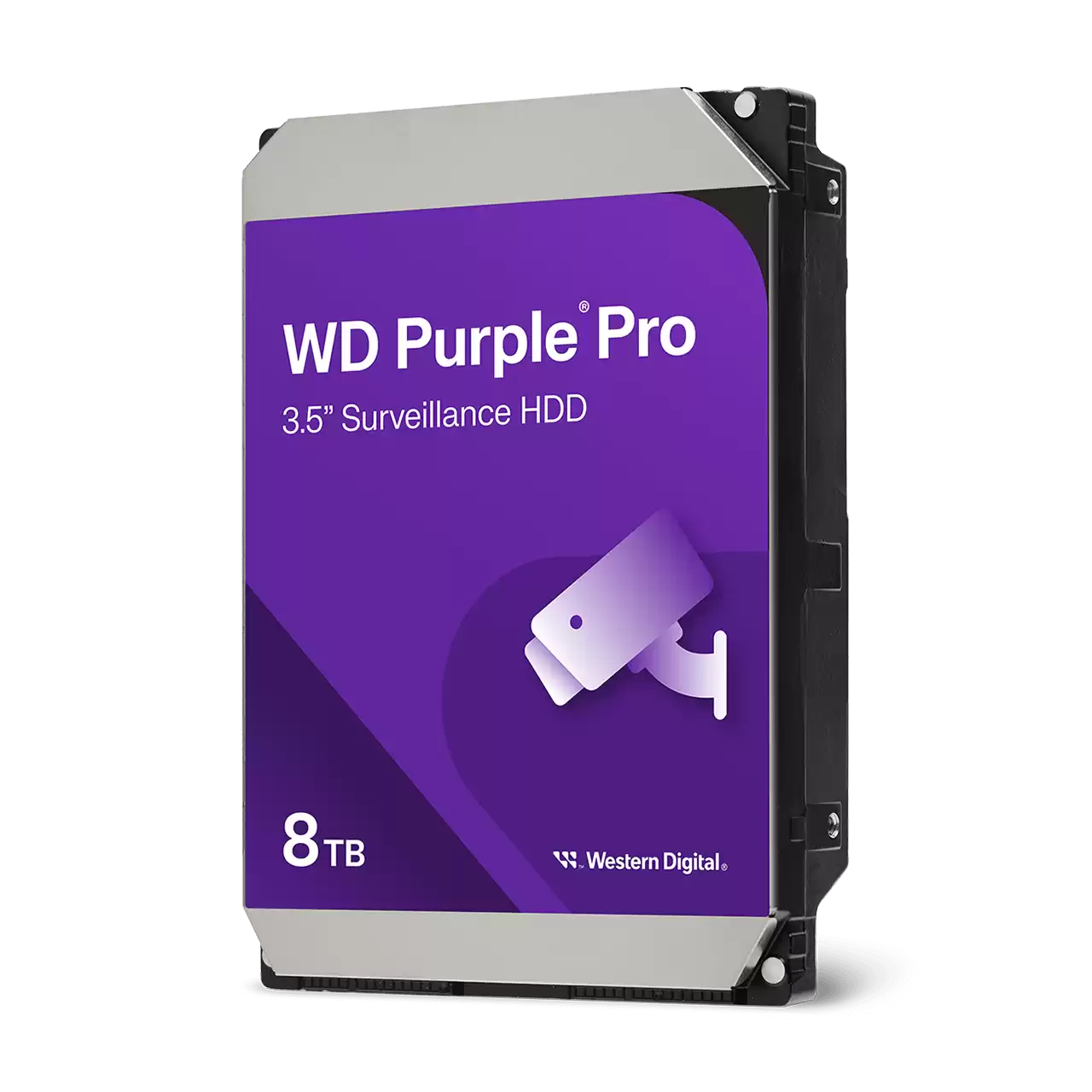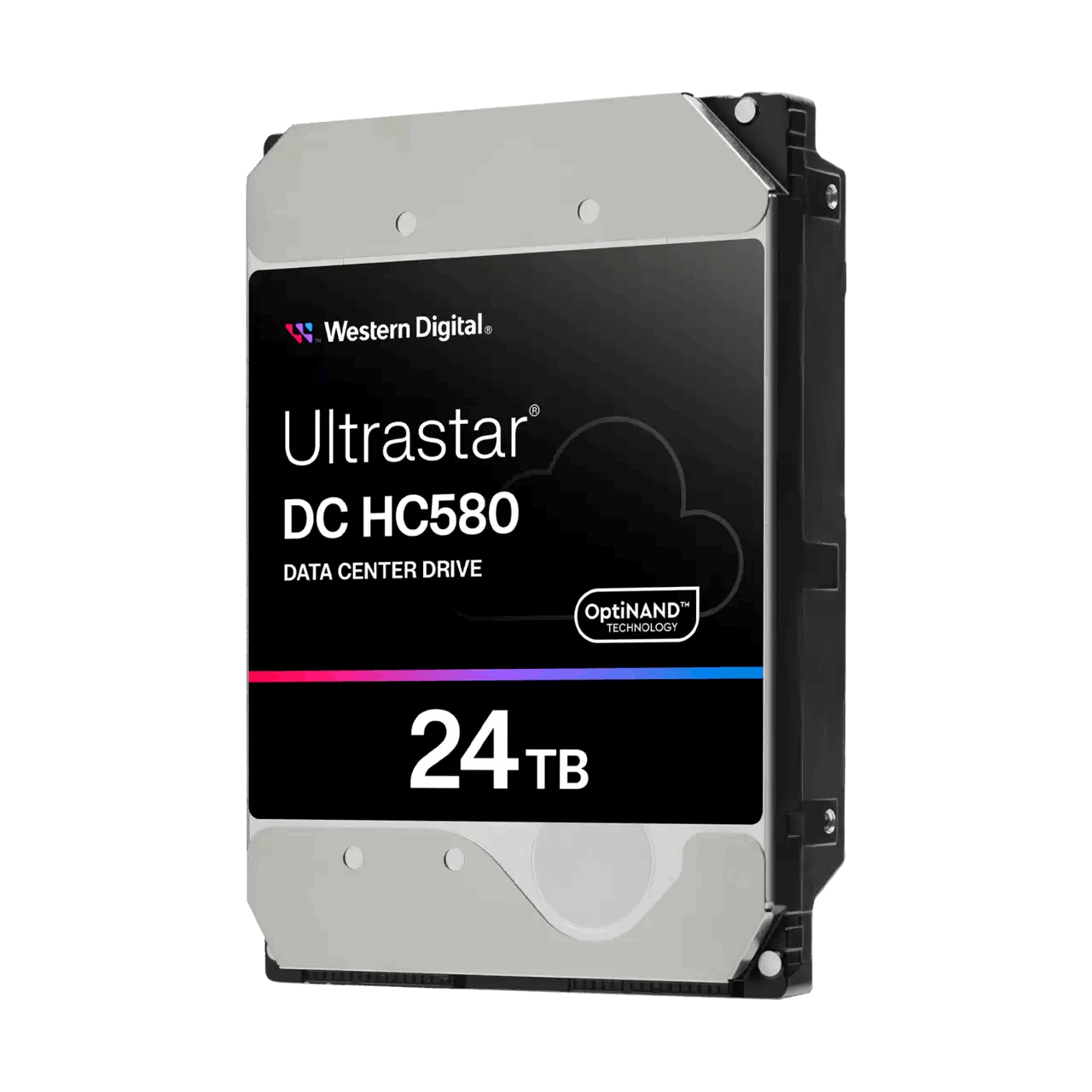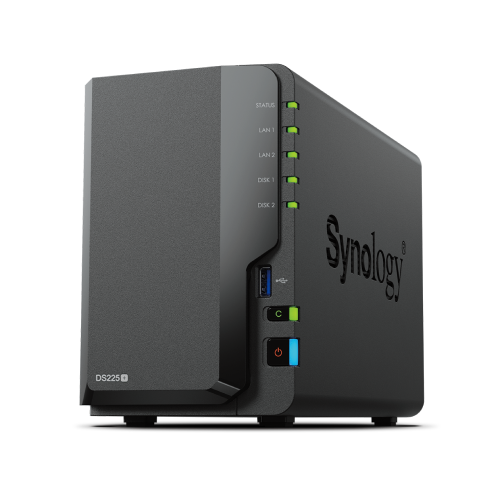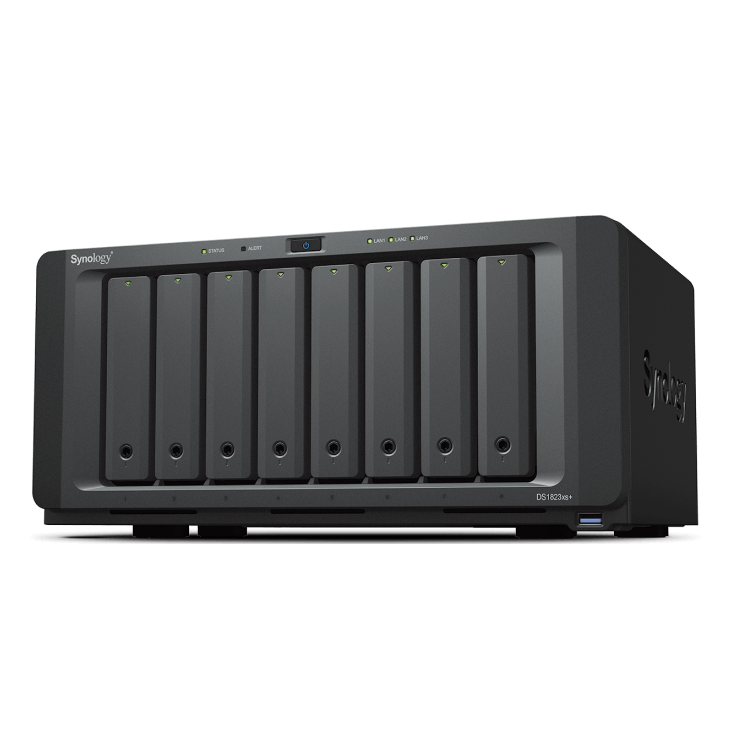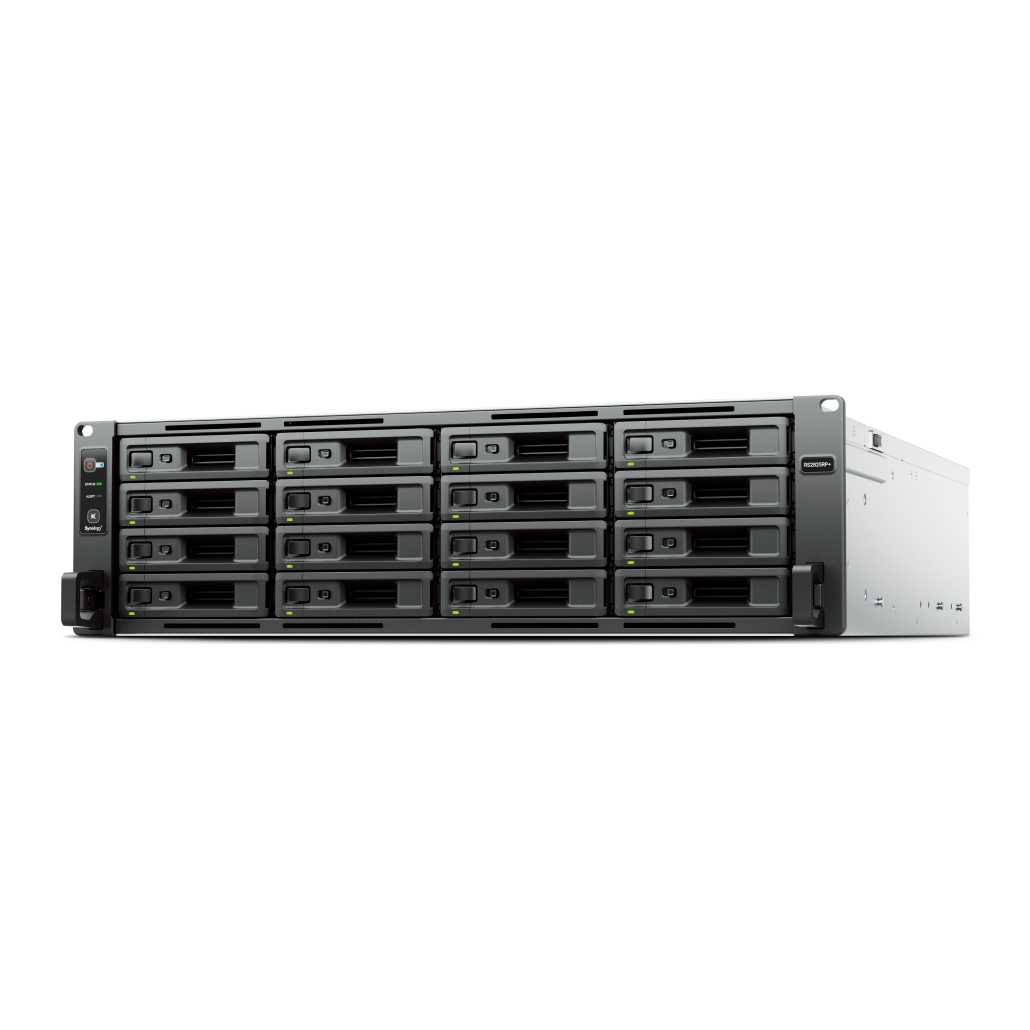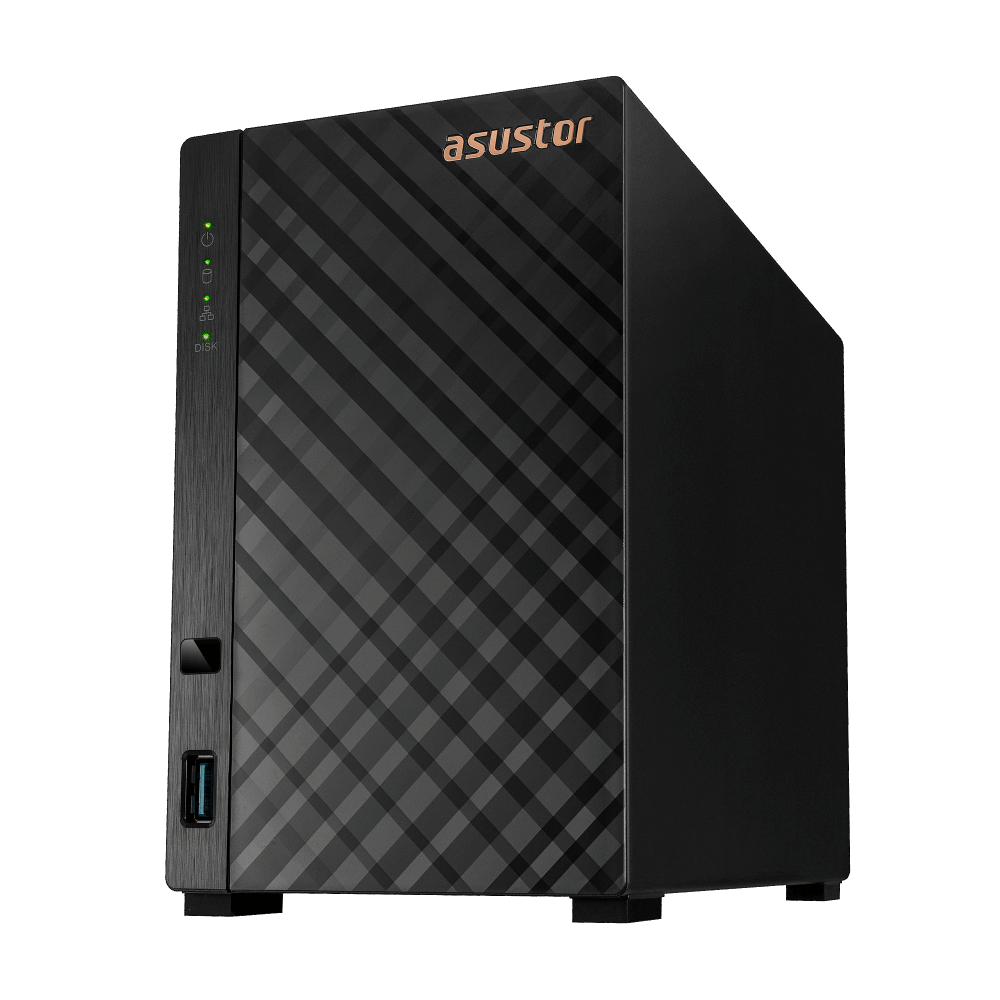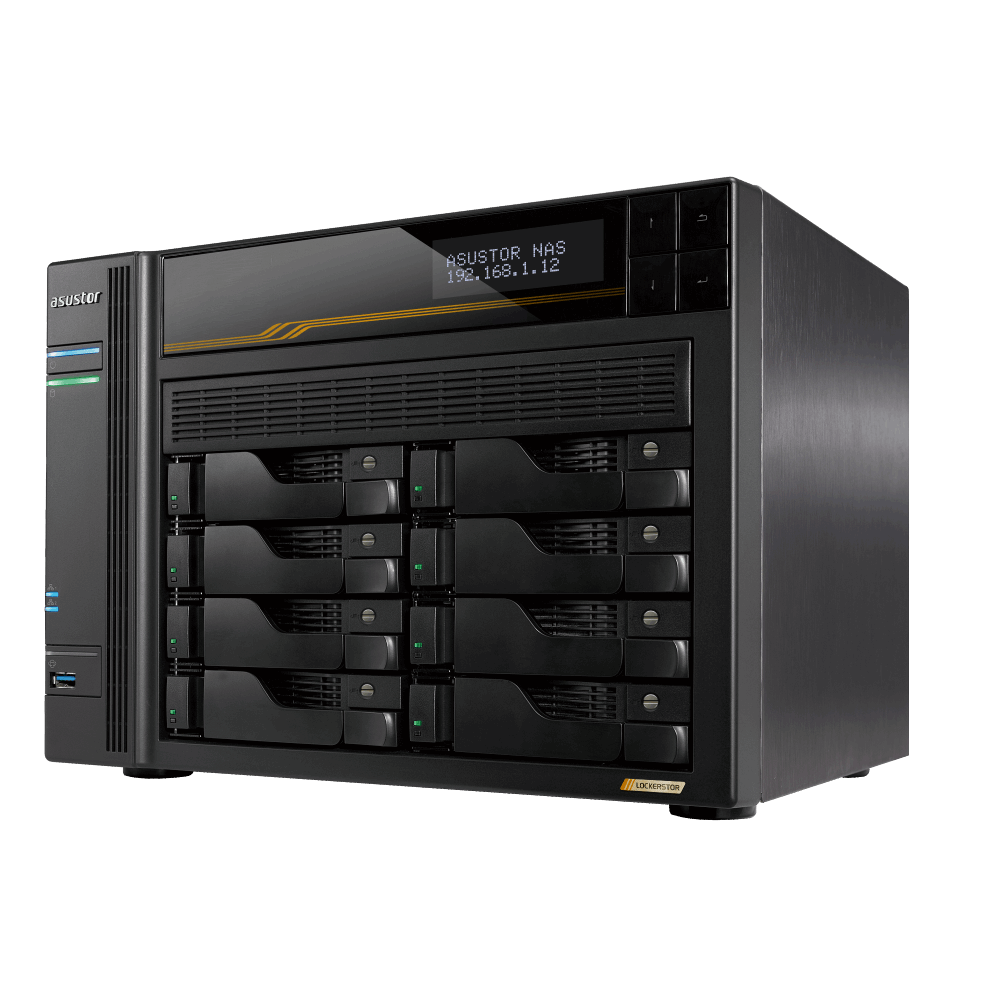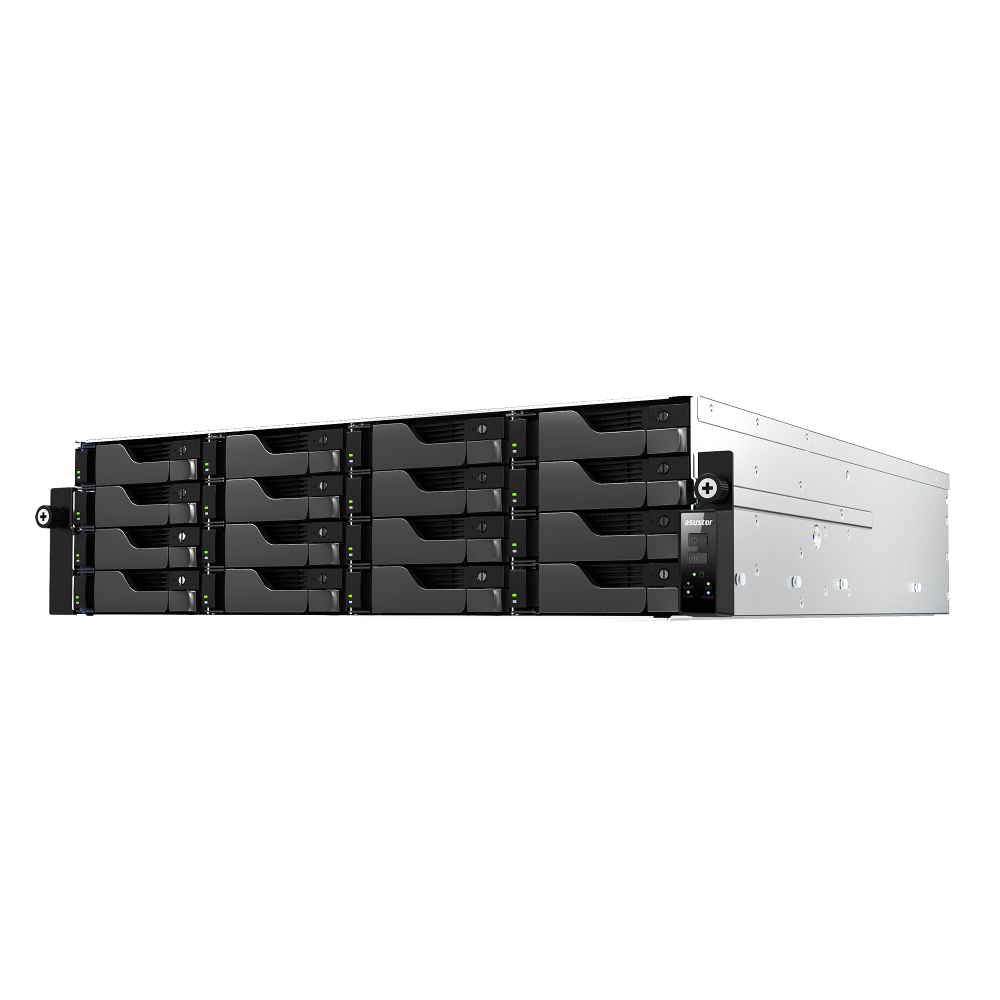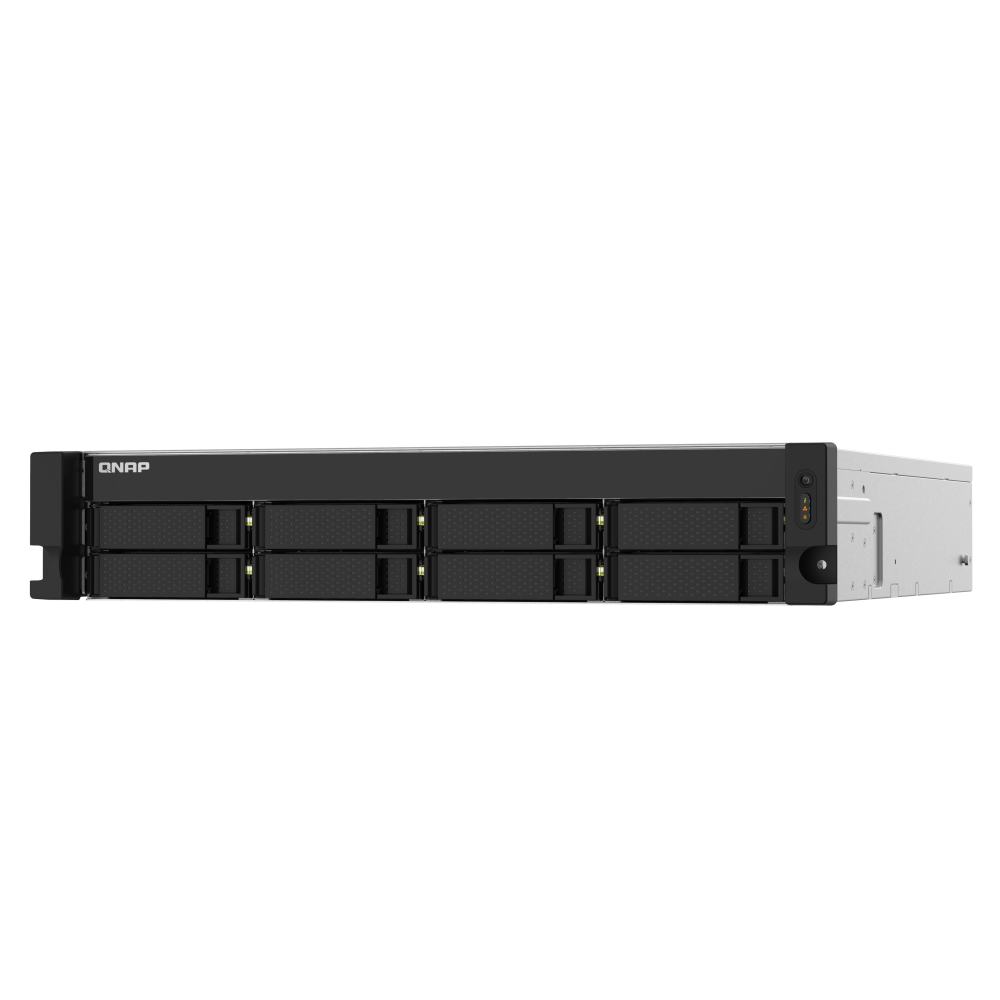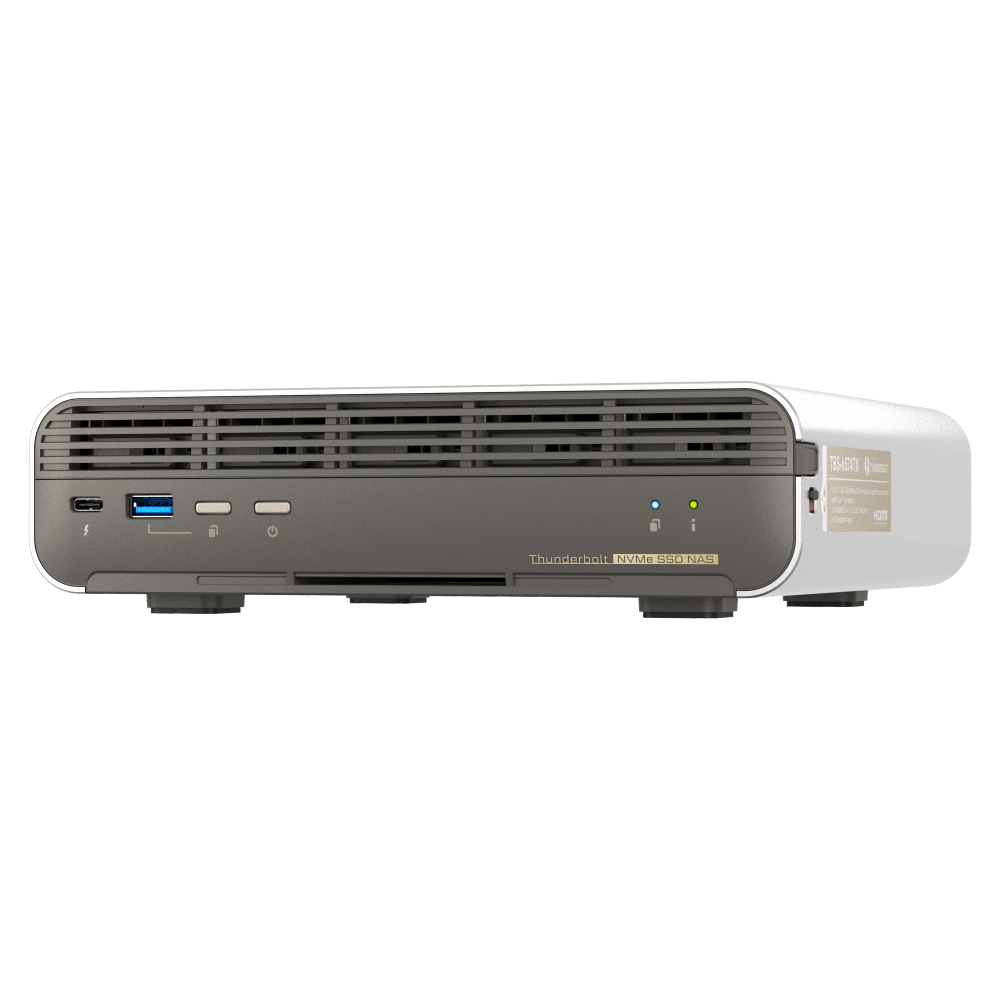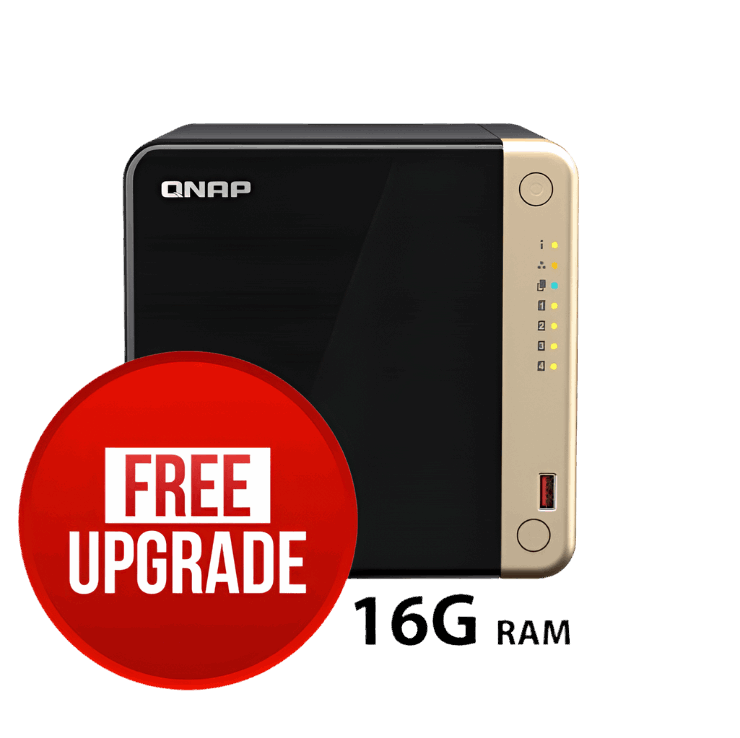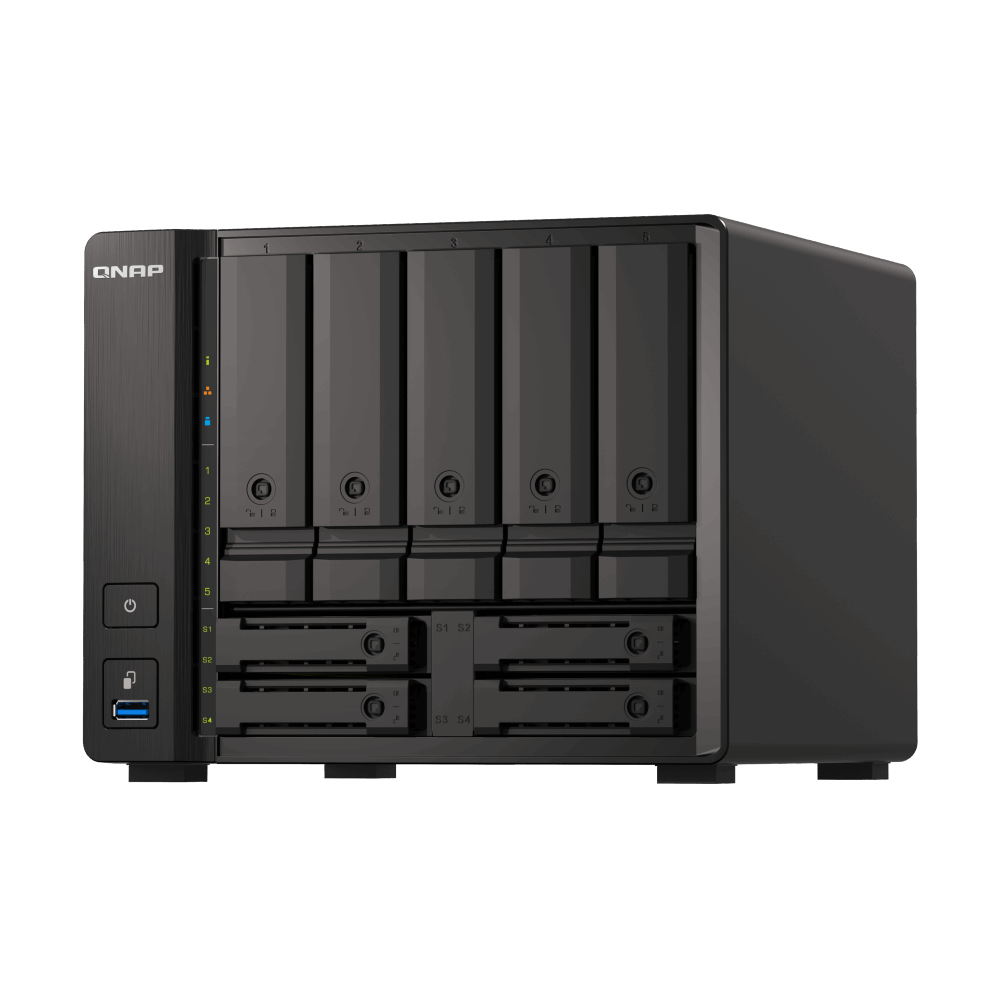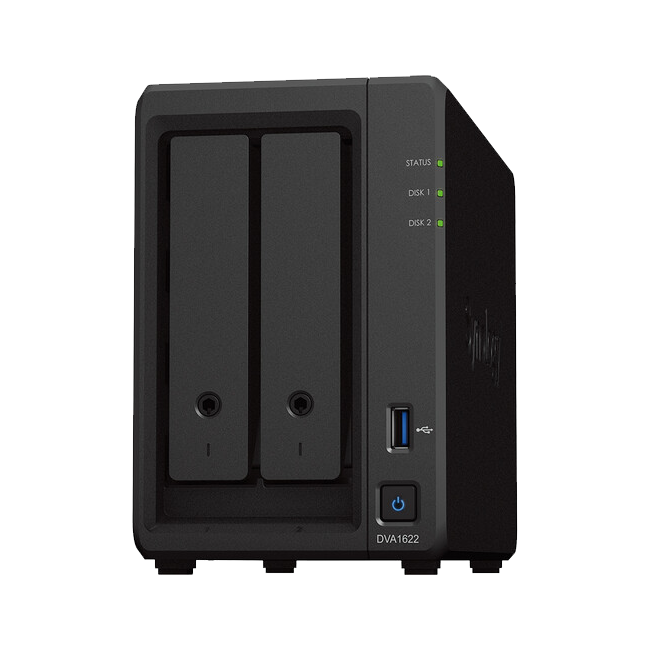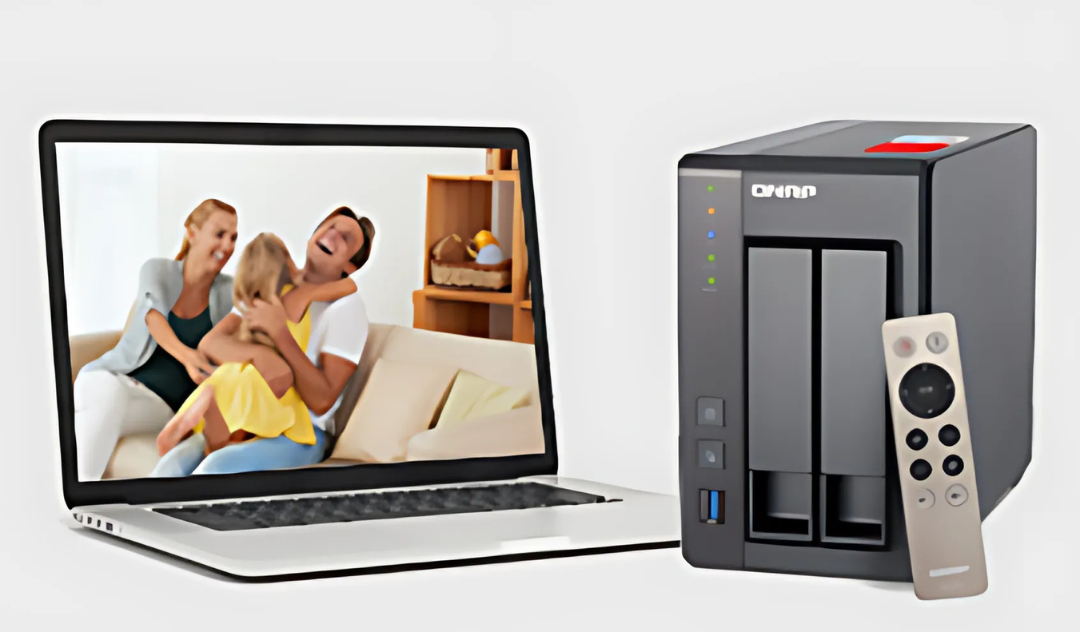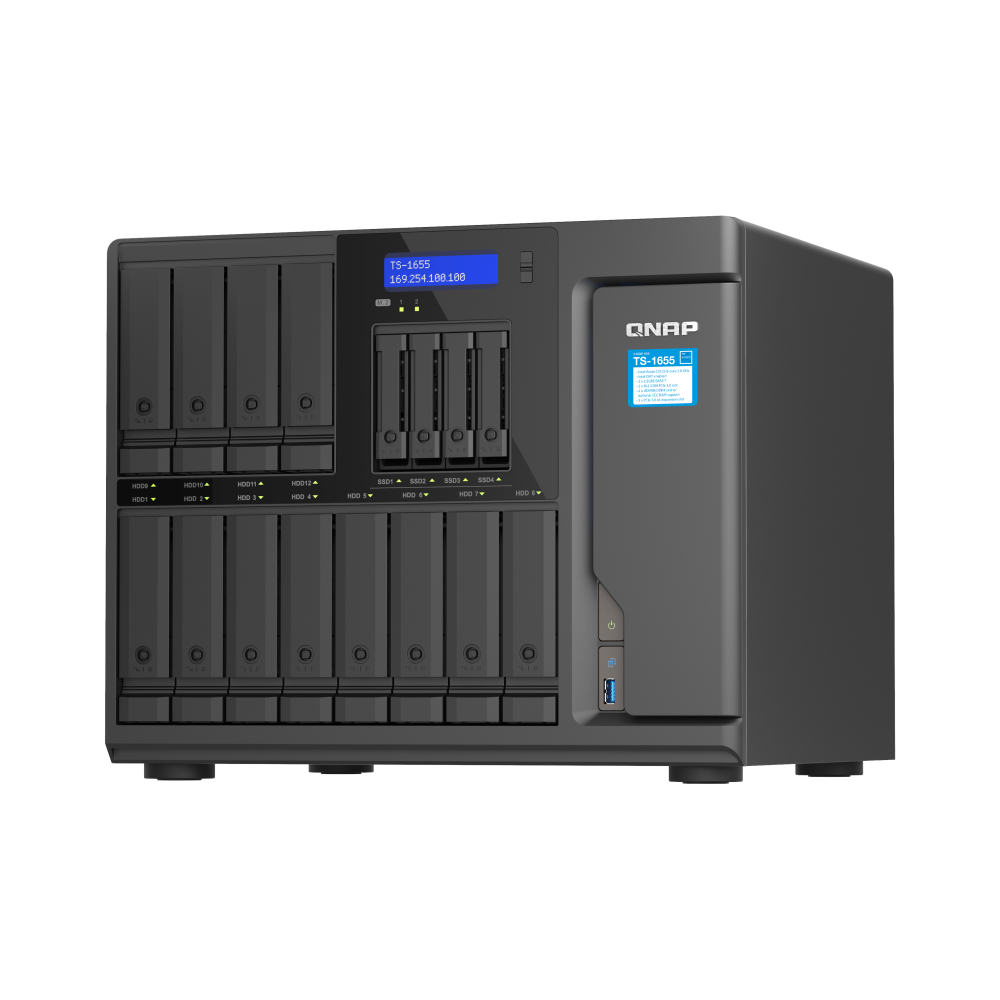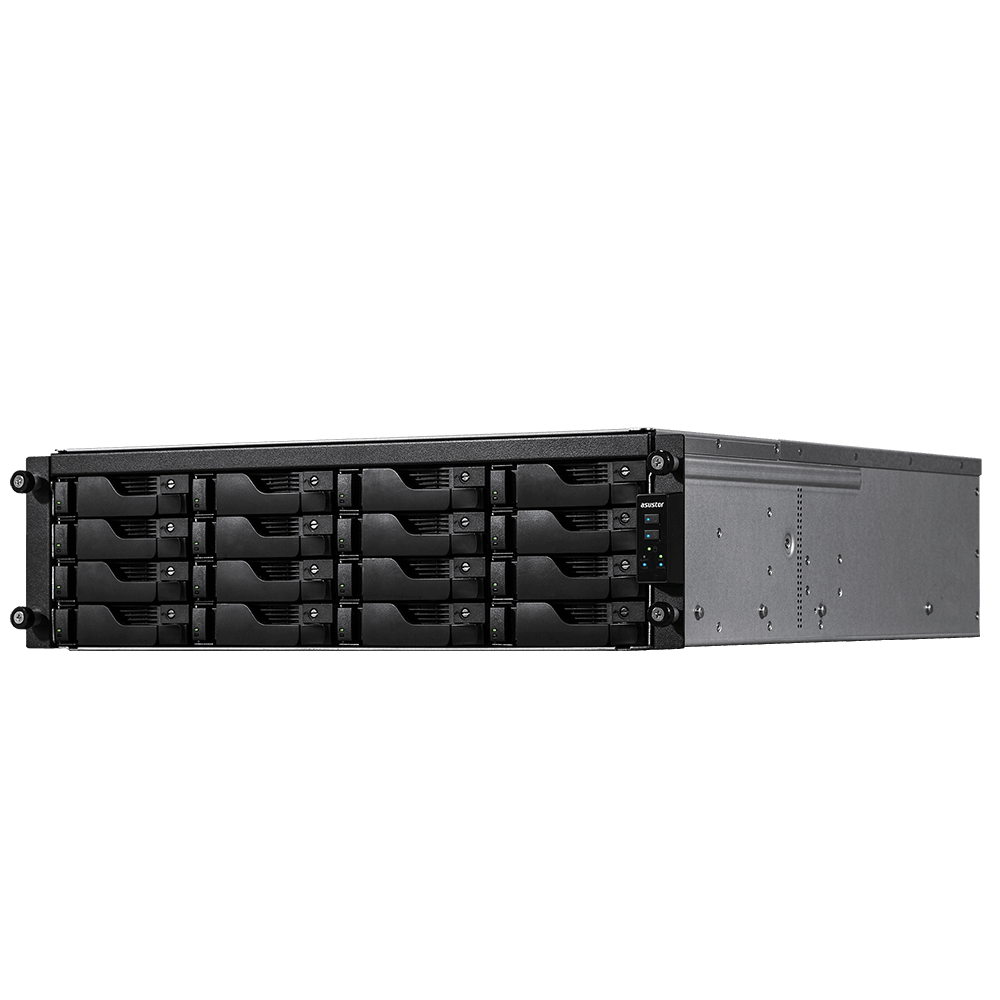3-2-1 Backup for NAS
Why Backups Still Matter
In Australia, more families, photographers, and small businesses are moving to NAS systems as their central storage solution. A NAS provides transfer speeds, RAID protection, and convenient file sharing — but it does not replace the need for a true backup strategy.
The golden rule is the 3-2-1 backup rule. Simple to understand, flexible to implement, and still the most reliable approach in 2025. This guide explains what the rule means, how to apply it to a NAS, common mistakes, and how to test that your backups actually work.
Protect your library with a layered backup plan. If you are just getting started, choose an approach that fits your bandwidth and budget, then iterate.
Read: RAID Explained Shop NAS Hard DrivesContents
- What is the 3-2-1 backup rule
- Why RAID is not a backup
- Core principles of the 3-2-1 rule
- How to apply 3-2-1 to a NAS
- Practical recipes for NAS backup
- Testing and verification
- Tools and software options
- 3-2-1 in the Australian context
- Energy, costs, and bandwidth considerations
- Good practices and common mistakes
- Complementary guides
- FAQs
What is the 3-2-1 Backup Rule?
The 3-2-1 rule means:
- 3 copies of your data
- 2 different storage types
- 1 copy off-site
Applied to a NAS system:
- Your NAS array is the primary working copy.
- A local backup device (USB HDD or secondary NAS) provides another medium.
- A cloud bucket or remote NAS is the off-site layer.
The aim is resilience. Even if one layer fails — a drive crash, ransomware, or a fire — at least two copies survive.
Why RAID is Not a Backup
A reminder: RAID is not a backup.
RAID provides redundancy against single or dual drive failures, but it does not protect against:
- Accidental file deletion
- Malware encrypting your shares
- Natural disasters
- Theft of the entire NAS
That’s why RAID is explained separately in our RAID Explained (Plain English) guide. RAID gives resilience within a chassis, but backup extends beyond it.
Core Principles of the 3-2-1 Rule
3 Copies
- Primary NAS: your working environment.
- Secondary copy: usually a local device for fast restores.
- Third copy: kept off-site for disaster recovery.
2 Different Storage Types
Mixing media types reduces correlated risks. For example:
- A NAS pool of HDDs plus a set of external USB drives.
- A NAS plus LTO tape archive.
- A NAS plus cloud object storage.
1 Off-Site Copy
Geographic separation is critical. Cloud storage, another office, or a trusted relative’s house all work.
How to Apply 3-2-1 to a NAS

Snapshots
Snapshots provide point-in-time recovery on the NAS itself. They protect against accidental deletion and ransomware, but they are not a backup on their own. Use them as the “fast recovery” layer.
Local Secondary Copy
Options include:
- USB HDD rotation: inexpensive, portable, easy to store offline.
- Secondary NAS: scheduled replication over LAN.
- Direct PC backup: not ideal but works in small households.
Off-Site Copy
The most important step. Choices for Australians include:
- Cloud buckets (Backblaze B2, Wasabi, AWS).
- Remote NAS replication (between offices or homes).
- Periodic physical media rotation.
Practical Recipes for NAS Backup
Home Users
- Primary NAS with RAID 1 or 5.
- Nightly replication to USB HDD.
- Monthly cloud sync for photos and documents.
Photographers and Video Teams
- Primary NAS with RAID 6 for capacity and redundancy.
- Scheduled replication to a second NAS in the studio.
- Cloud bucket for project metadata, JPEG previews, and key client deliverables.
Small Business File Servers
- Primary NAS with RAID 6 or RAID 10.
- Secondary NAS on-site for quick restores.
- Off-site replication to another office or a cloud bucket.
- Weekly test restores.
Testing and Verification
A backup is worthless until tested.
- Restore random files monthly.
- Perform a simulated disaster restore quarterly.
- Keep logs of backup jobs.
- Rotate drives to check integrity.
Tools and Software Options
- QNAP Hybrid Backup Sync
- Synology Active Backup
- TrueNAS replication and cloud sync
- Rsync/robocopy scripts for custom setups
- Cloud vendor apps (Backblaze, AWS CLI, Wasabi)
3-2-1 in the Australian Context
Bandwidth and NBN
Australian upload speeds often limit remote backup.
- NBN 50/20: practical for documents and photos, not multi-TB video libraries.
- NBN 100/40 or fibre: can handle nightly replication of large data sets.
Energy Costs
A secondary NAS draws 30–80W, costing $80–$200 AUD per year to run continuously. Still cheaper than a single data-loss incident.

Energy, Costs, and Bandwidth Considerations
- USB HDD rotation is cheapest, but prone to human error.
- Secondary NAS adds hardware cost but improves automation.
- Cloud is scalable, but ongoing fees add up. At $0.30 AUD/kWh, energy efficiency matters.
Good Practices and Common Mistakes
Do:
- Label drives clearly.
- Store off-site media in climate-controlled space.
- Automate backup jobs where possible.
Avoid:
- Relying solely on RAID.
- Ignoring snapshot schedules.
- Skipping test restores.
Conclusion
The 3-2-1 backup rule is timeless. For Australians in 2025, applying it to a NAS means:
- Snapshots for fast rollback.
- A secondary local copy for resilience.
- A third off-site copy for disaster recovery.
Combine this with regular testing and you have a backup solution that withstands accidents, ransomware, and even major outages.
